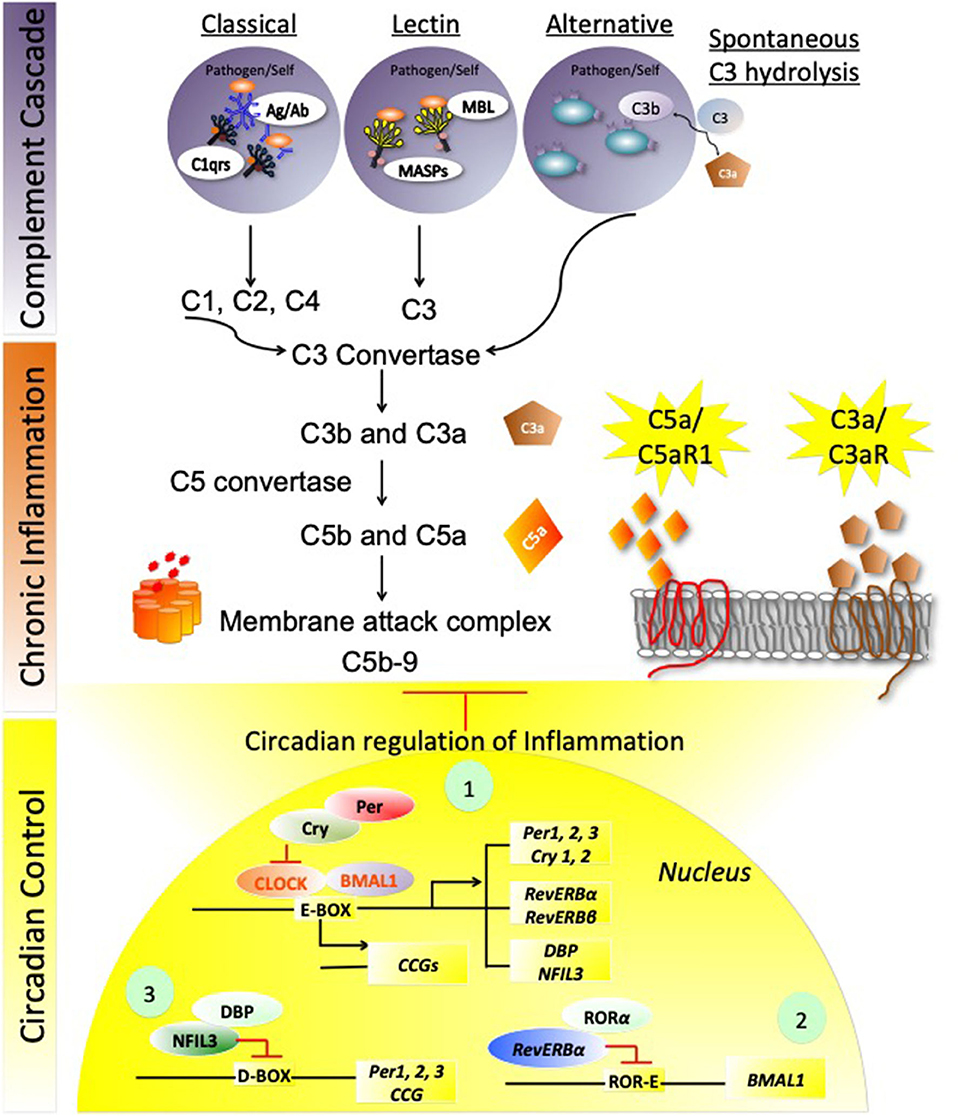

In cancer patients, the following signs are often associated with the dying phase: The dying phase for cancer patients can sometimes be precipitous-for example, massive haemorrhage-but is usually preceded by a gradual deterioration in functional status. Recognising the key signs and symptoms is an important clinical skill in diagnosing dying. This is generally perceived as a strength in the doctor-patient relationship and helps to build trust. When recovery is uncertain it is better to discuss this rather than giving false hope to the patient and family. There is sometimes a reluctance to make the diagnosis of dying if any hope of improvement exists and even more so if no definitive diagnosis has been made. In a hospital setting, where the culture is often focused on “cure,” continuation of invasive procedures, investigations, and treatments may be pursued at the expense of the comfort of the patient.

7 However, diagnosing dying is often a complex process. In order to care for dying patients it is essential to “diagnose dying” (figure). The major challenge is to transfer best practice from a hospice setting to other care settings and to non-cancer patients.ĭiagnosing dying (the last hours or days of life)

Palliative care services deliver direct patient care and also have an advisory and educational role to influence the quality of care in the community and in hospitals. 6 The hospice model of care is now espoused as a model of excellence and has led to a worldwide hospice movement aspiring to deliver high quality care to dying patients. The modern hospice movement was established in response to the poor quality of care of the dying patient. 5 The table gives a breakdown of place of death for all dying patients and those dying from cancer. Mortality data for the United Kingdom show that 608 000 people died in 2000 25% of these deaths were from cancer, 17% from respiratory disease, and 26% from heart disease. 4 Ensuring a good death for all is therefore a major challenge not only for healthcare professionals but also for society. 1 – 3 None the less, highly publicised cases continue to occur of patients dying in distress with uncontrolled symptoms and relatives being unsupported at this vulnerable time in their lives. Evidence based guidelines now exist to help with the care of people who are dying, including guidelines for symptom control, psychosocial support, and bereavement care. National events sometimes provide a timely reminder of the power and influence of a dignified death and the profound effect it has on the family and those close to the person who has died. The impact of death in our society is easily underestimated. Evidence based guidelines on symptom control, psychological support, and bereavement are available to facilitate a “good death”


 0 kommentar(er)
0 kommentar(er)
